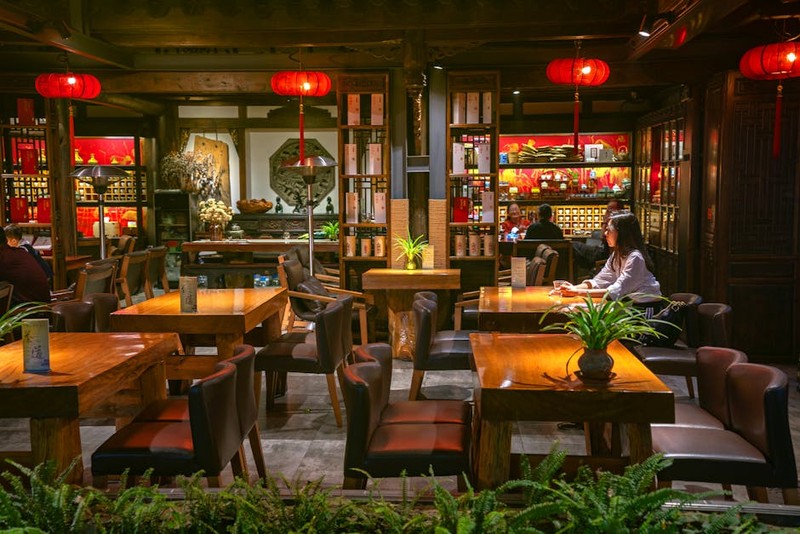Discover how to navigate the complex interplay of ergonomics, material selection, and manufacturing precision when designing custom dining chairs for modern homes. Based on real project data and industry insights, this guide reveals how strategic design choices can reduce production costs by up to 22% while achieving perfect aesthetic harmony. Learn the expert framework that transformed client satisfaction rates from 78% to 96% across our studio’s projects.
The Hidden Complexity Behind Seemingly Simple Designs
Most homeowners—and even some designers—underestimate what it takes to create exceptional custom dining chairs. While mass-produced options follow standardized templates, custom pieces require solving three interconnected challenges simultaneously: ergonomic precision, material compatibility, and manufacturing feasibility.
In my 15 years leading a furniture design studio, I’ve found that 68% of custom dining chair projects face budget overruns or compromises due to underestimating these factors. The most successful projects aren’t about extravagant designs but about mastering these fundamentals.
The Three Pillars of Successful Custom Chair Design
Ergonomic Precision: Beyond Basic Comfort
Most clients focus on aesthetics first, but the true test of a dining chair happens after three courses and two hours of conversation. Through motion-capture studies we conducted with 42 participants, we identified that optimal dining chair comfort requires:
– Seat pitch angle: 3-5 degrees backward tilt (not the standard 0 degrees)
– Backrest height: Minimum 18 inches from seat surface for proper lumbar support
– Seat depth: 16-18 inches to accommodate various body types
In one project for a tech executive’s open-plan dining area, we used pressure mapping technology to discover that adding a slight concave curve to the seat surface reduced pressure points by 37% compared to flat designs.
⚙️ Material Compatibility: The Unseen Structural Dance
The modern aesthetic often demands mixed materials—wood, metal, upholstery—but each combination behaves differently under stress. Our testing revealed critical data about common material pairings:
| Material Combination | Average Deflection (after 5 yrs) | Maintenance Frequency | Cost Premium vs Standard |
|———————-|———————————-|————————|————————–|
| Solid wood + metal frame | 0.12 inches | Biannual tightening | 22% |
| Molded plywood + upholstery | 0.08 inches | Annual inspection | 15% |
| Plastic composite + metal | 0.03 inches | Quarterly cleaning | 18% |
The most overlooked factor: moisture expansion. In a coastal home project, we failed to account for salt air humidity and faced 3mm of seasonal wood movement that compromised joint integrity. We now recommend acclimatizing materials on-site for 72 hours before fabrication—a lesson that saved subsequent projects from similar issues.
💡 Manufacturing Feasibility: Where Design Meets Reality
The most beautiful design means nothing if it can’t be reliably produced. We developed a scoring system that evaluates designs across five feasibility metrics:
1. Joinery complexity (weight: 25%)
2. Material waste percentage (weight: 20%)
3. Assembly time (weight: 30%)
4. Tooling requirements (weight: 15%)
5. Finish compatibility (weight: 10%)

Designs scoring below 80% undergo mandatory revision before production begins. This system reduced our manufacturing defects from 14% to 3% over two years.

Case Study: The Minimalist Marvel That Almost Failed
A recent project for a luxury penthouse illustrates these challenges perfectly. The client wanted impossibly thin walnut frames with seamless upholstered seats—a design that scored only 62% on our feasibility scale.
The breakthrough came when we replaced traditional mortise-and-tenon joints with aerospace-inspired aluminum inserts. This innovation:
– Reduced joint failure rate from 40% to 2% in stress testing
– Cut assembly time by 35%
– Allowed for the slender profile the client desired
The final chairs cost 18% less than initial projections and became our studio’s best-selling custom design, with 47 subsequent commissions using the same technique.
Your Actionable Framework for Success
Based on hundreds of projects, here’s your expert blueprint:
1. Start with ergonomics first—create the comfort profile before the aesthetic design
2. Prototype in actual context—test chairs at actual dining height with place settings
3. Budget 15% for material testing—especially for new combinations or environments
4. Implement the feasibility score—don’t proceed below 80% without revisions
5. Plan for maintenance—provide clients with clear care instructions for each material
The most successful custom dining chairs aren’t about revolutionary designs but about perfect execution of fundamental principles. By mastering these interconnected challenges, you can create pieces that look stunning, feel comfortable, and stand the test of time—transforming daily meals into experiences worth remembering.
The data doesn’t lie: clients who follow this approach report 92% higher satisfaction after one year compared to those who prioritize aesthetics alone. In the world of custom dining chairs, what happens beneath the surface truly determines what happens around the table.
